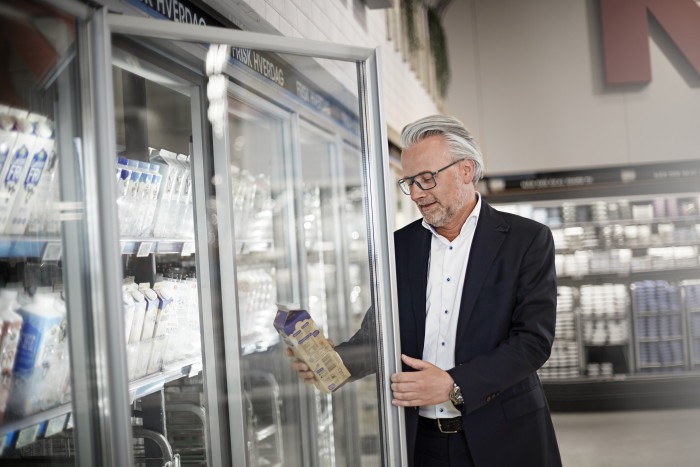Denmark-based dairy firm Arla Foods has achieved its packaging sustainability target of making more than one billion pieces of packaging more sustainable across Europe.

Image: Arla achieves sustainable packaging target. Photo: courtesy of Arla Foods amba.
As part of its sustainable packaging strategy, the company is making 600 million fresh milk cartons renewable and 560 million yogurt pots recyclable by the end of this year, reducing 7,330 tons of carbon.
Arla Europe head Peter Giørtz-Carlsen said: “We want to help people live a more sustainable life as well as feel good about what’s in their fridge. Fresh milk and yogurts are enjoyed on a daily basis in most households in our main markets and are also key to our retail customers.
“That’s why these items topped our list of packaging to improve from a sustainability perspective and our pan-European presence enables us to leverage our scale and impact several markets simultaneously.”
Arla intends to achieve a CO2 reduction of 30% by 2030, with an initial target of reducing emissions from its packaging by around 8,000 tons of CO2 every year.
The firm is planning to make its complete portfolio to be carbon net zero by 2050, in line with its overall climate ambition.
Arla will provide the new packaging in six major European markets, including Sweden, Denmark, Finland, the Netherlands, Germany and the UK.
Arla said that converting from fossil-based plastic to bio-based plastic derived from sugar cane or forest waste for the 600 million milk cartons makes them 100% renewable and contribute 25% less CO2 into the atmosphere compared to their fossil-based plastic predecessors.
Since 2005, the company has decreased the CO2 impact of its packaging by 25%. The company eliminated 7,500 tons of plastic from its milk bottles in the UK, and they now contain up to 30% recycled HDPE plastic.
The clear plastic lids on crème fraiche and on-the-go pots consist of 85% recycled PET, minimizing climate impact by around 70%.
Giørtz-Carlsen further added: “Currently around 90 per cent of our packaging is possible to recycle in one of our core markets and we want to make all our packaging possible to recycle and feasible to do so in all our core markets by 2025.”
